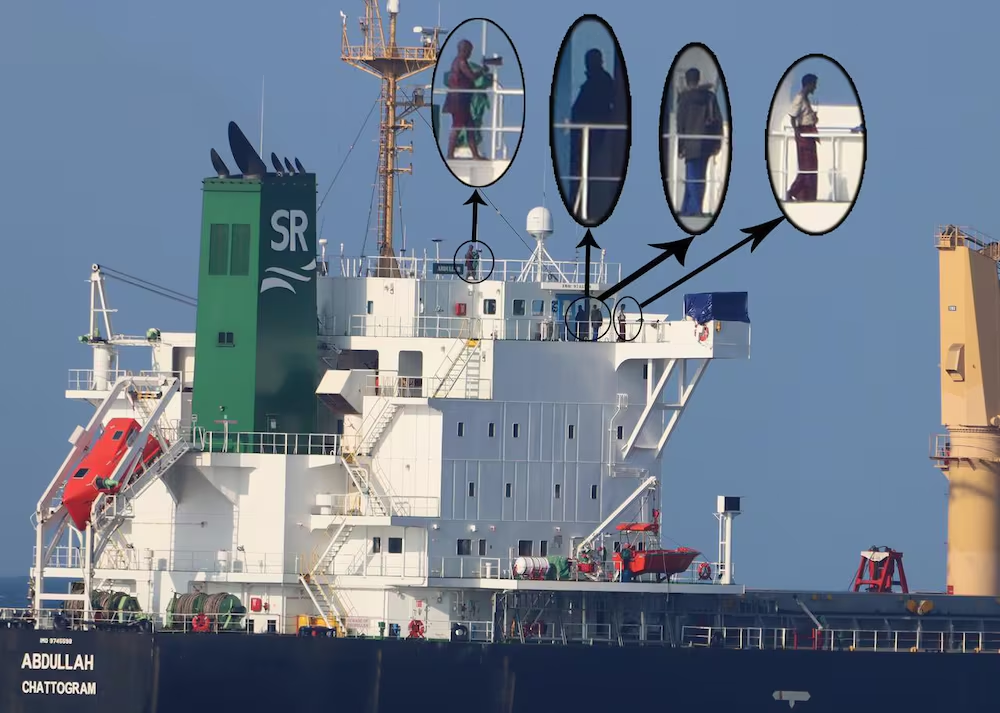
In January, HBO is expected to decide whether to greenlight a new series, “Mogadishu, Minnesota,” about Muslim immigrants adjusting to life in the Midwest.
The pilot was shot in the Twin Cities this fall, and a decision to base the show here would pump tens of millions into the local economy — and make Minnesota an appealing locale for filmmakers who have largely steered away in the two decades since “Fargo” and “Grumpy Old Men” put the state on Hollywood’s radar.
“There’s such a good vibe in Minneapolis,” says TV actor Philip Winchester. “You’ve got an upscale downtown and yet people aren’t afraid to sit around the fire pit in the middle of winter and drink a beer. It’s amazing.”
Star of the recent NBC series “The Player,” Winchester performed in “King Lear” at the Guthrie and regularly visits his in-laws in Robbinsdale. There’s one thing he’s never done in Minnesota, however: film a movie or TV show.
While the state possesses the on-screen talent and the locations to lure movies and TV series, advocates for the industry say it will need stronger financial support from state government and the kind of facilities that rivals such as Chicago can offer — like “honeywagons.”
Comfy trailers where cast members kick back between scenes, they’re as common in Los Angeles as sushi restaurants, but the closest unit to the Twin Cities is in Pittsburgh. Producers for “The Nanny,” a dark take on “Mary Poppins” filmed in Northfield in November, had to make do with a construction-site trailer.
Camera equipment was easier to find here, but impossible to afford, said the film’s producer. “The price was so high, it made more sense to have a guy get into a car and drive equipment from Los Angeles for two days,” said Patrick Ewald, CEO of Epic Pictures.
Still, Ewald seemed pleased he had chosen Minnesota over Georgia, largely on the insistence of director Joel Novoa, who had scouted the area for a previous project and fell in love with the local foliage.
On his first afternoon ever in the state, Ewald seemed completely at ease, supervising a scene at the Archer House’s cozy tavern, a setting that would have taken two days to replicate in Los Angeles, and strolling down Northfield’s frozen-in-time main street for a snack at the Hideaway Coffeehouse and Wine Bar, which doubled as a catering service for the 43-person film crew.
Earlier, one of Ewald’s producers had asked a Stillwater optometrist if she could use his establishment for a night shoot. Yes, of course, he said. Just turn off the lights when you’re done.
But all the friendliness in the world won’t seduce filmmakers if the money isn’t here.
The state offers financial incentives through its “Snowbate” program, which began in 1997, during a decade when films such as “Jingle All the Way” spent more than $100 million in Minnesota. Cut by then-Gov. Jesse Ventura in 2002 and reinstated in 2006, the program reimburses a portion of expenditures made by film productions in the state — from 20 to 25 percent, depending on the size and location.
That’s competitive with other states. One sweetener: the check is issued as soon as shooting is completed, so projects can use the cash to cover postproduction costs. Illinois has a higher rebate (30 percent) but it comes via a tax credit, which means it can take a year to get the money.
Snowbate’s biggest challenge: the cap. In 2016, state lawmakers set a $6.5 million maximum on the program, barely enough to cover the year’s shooting schedule, which included the “Mogadishu” pilot, Netflix’s “Lady Dynamite” and the Hallmark movie “Love Always, Santa.”
If HBO makes Minneapolis its base, it will likely spend about $4 million an episode, about the same amount spent by the Woody Harrelson film “Wilson,” shot in the Twin Cities in 2015 and set to premiere Jan. 22 at the Sundance Film Festival. The current cap wouldn’t come close to covering the costs for HBO, let alone any other projects.
Lucinda Winter, who runs Snowbate as executive director of the Minnesota Film and TV Board, is blunt about its importance: “This is not a marriage; you are a whore,” adding that she will lobby the Legislature for a higher cap.
Money may be the main draw for film producers, but talent is a close second.
There’s no shortage of camera-ready actors. Casting agents for “I Am Not a Serial Killer,” filmed in northern Minnesota and now streaming on Netflix, were able to fill key roles through local auditions.
But producers say the state needs a deeper bench of experienced film crews.
One reason “The Nanny” opted not to shoot in Georgia is that top-of-the-line crew members there were committed to other projects, including the cable TV smash “The Walking Dead.” Ewald was able to fill more than half of his crew with locals (32 to be exact), but that would have been impossible if there were two other major productions shooting at the same time.
Illinois, on the other hand, has enough crew to host nearly a dozen series. Schools such as DePaul University and Columbia College feed the pipeline. Crystal Porticco, a special-effects adviser for NBC’s “Chicago Med,” said that when she graduated from Columbia in 2007, her classmates scattered. Now, many are coming back.
“We’ve never seen such high demand,” she said while babysitting two fake infants on set.
Chicago also has the upper hand in facilities. The 5-year-old Cinespace Chicago is the largest American soundstage outside Los Angeles, big enough to keep feature films (“Office Christmas Party”) and network series (“The Exorcist”) in production at the same time.
Minnesota doesn’t have anything close to that. “Wilson” and “Mogadishu” used a warehouse on Industrial Boulevard in Minneapolis. But to be a major player, the Twin Cities need a studio with 10,000 square feet for sets, offices and ample parking for trucks.
Winter is reluctant to push for such a facility without assurance it would be utilized. To break even, it might need to be rented out 175 days a year. She points to Detroit, which made a futile effort to turn its vacant factories into TV sets. Empty lots and an irresistible 42 percent tax incentive convinced Clint Eastwood to shoot “Gran Torino” there even though the script was set in Minnesota. Network shows followed. But the Motor City failed to generate the kind of buzz building in Albuquerque and Baton Rouge. The incentive was eliminated last year.
One major hit could have made the difference. That’s what happened in Chicago when “Law & Order” producer Dick Wolf decided to decamp from New York and set up shop in the Midwest. “Chicago Fire,” which celebrated its 100th episode this season, has launched two spinoffs, with a third, “Chicago Justice,” on the way.
“You need someone to establish Minneapolis as a workable, viable environment for filmmaking, show people it’s beautiful, and then others will want to come and capture the same thing,” said “Chicago Fire” cast member Christian Stolte. “You need a trailblazer.”
“Mogadishu” could be that for Minnesota, but only if HBO takes a chance — and only if the state is ready for what follows.
![]()
































